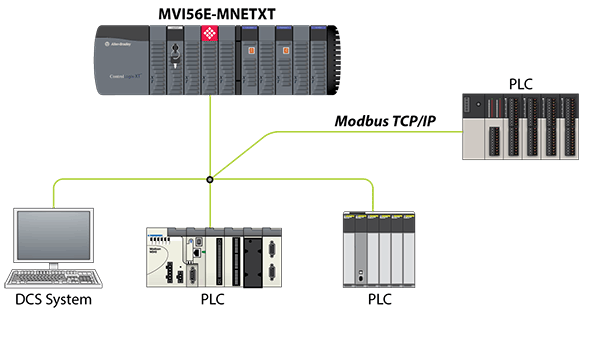

A Publisher can publish one or more topics and, if it is able to do so, can publish on more than one Message Broker. * Publisher: Is the information provider and connects to the Broker to send messages in a topics format. In this model we have the following characters: Image 3 - Basic Publish-Subscribe architecture Eventually, the same device might be a Publisher and a Subscriber. It is important to note that in this model, Subscribers never communicate with Publishers, and the Message Broker is always the link between a Publisher and a Subscriber. Once you have registered / subscribed a topic, all the information that reaches the Message Broker addressed to this topic will be sent away to subscribers. This interest is formalized when a Subscriber subscribes to receive the information of a topic, which we call subscription. The Broker receives and organizes these messages by topics and forwards to the Subscribers the ones with the data of their interest. So, devices create new data and send them to the Broker via messages. Also, there is an entity that acts as a centralizer in this data exchange, commonly called Message Broker. In this case there are devices / entities that produce and publish data (Publishers) and devices / entities that consume this data (Subscribers). The Publish/Subscribe architecture has a different concept. The truth is that if you can access a Modbus device on a network, you can take over this device and can read or write any available register. To mitigate some of these problems, many manufacturers create their own protection mechanisms for their devices, but all information is still transiting transparently in the network, which can be monitored for malicious purposes. Another Modbus TCP protocol characteristic is the guarantee of messages delivery, due to the transit over the TCP layer, thus guaranteeing the coherence and data delivery.Īs for protocol safety, there is no mechanism in Modbus TCP, it has no passwords, authorization, certificates or any other existing security mechanism. Due to the Transaction ID, the client can associate the request/response pair with no bigger problems. For instance, the client can send requests with IDs 1, 2 and 3 and the slave can respond in order 3, 2 and 1. The protocol has a Transaction ID, which is a great feature in a network that is allowed to have multiple concurrent requests, ensuring that clients do not confuse the responses sent by the server. Unlike Modbus RTU, though, Modbus TCP allows a Slave / Server to communicate with multiple Masters / Clients.

To some extent, the Master-Slave model of the Modbus RTU and the Client-Server model are alike, where the Master plays the role of the Client and the Slave is the Data Server. Modbus TCP uses the Client-Server model, having some similarities with its "older brother" Modbus RTU. Servers, in turn, wait for connections and client requests and serve them with the requested data. Clients never connect to other clients and do not respond to requests. Clients have the function of connecting to the server, making requests and receiving responses from the server. This model was developed by Xerox PARC in the 70's and is currently widely used in many different areas of technology.īriefly, each client opens a direct connection to a server, forming a 1x1 (one-to-one) connection where the server waits for client requests to respond. In computer science, this model is an application framework that distributes tasks and workloads between the providers of a resource or service ( Servers), and the service requesters ( Clients). This article will present characteristics, advantages and disadvantages of these two protocols and their architectures, also the kind of applications when the use of one or the other is indicated. In order to help solving data communication in applications where the Client-Server model does not, this article presents the Publish-Subscribe model used in MQTT, a protocol widely used in IoT solutions. However, with the advent of concepts such as Industry 4.0, IoT and IIoT, 3G/4G and geographically distributed wireless devices, new necessities - that make difficult to use Modbus TCP and its Client-Server model – have arrived. The Modbus TCP Client-Server (Master-Slave) model solves a wide range of applications.
#DIFFERENCE BETWEEN MODBUS RTU AND MODBUS TCP SERIAL#
It can be said that this protocol was an evolution of the Modbus Serial (RS485) that started to work over TCP/IP networks. The Modbus TCP protocol is well known in the industrial environment and has been used for years in automation applications. Author: FABIO COELHO DE SOUZA SILVA Project Coordinator


 0 kommentar(er)
0 kommentar(er)
